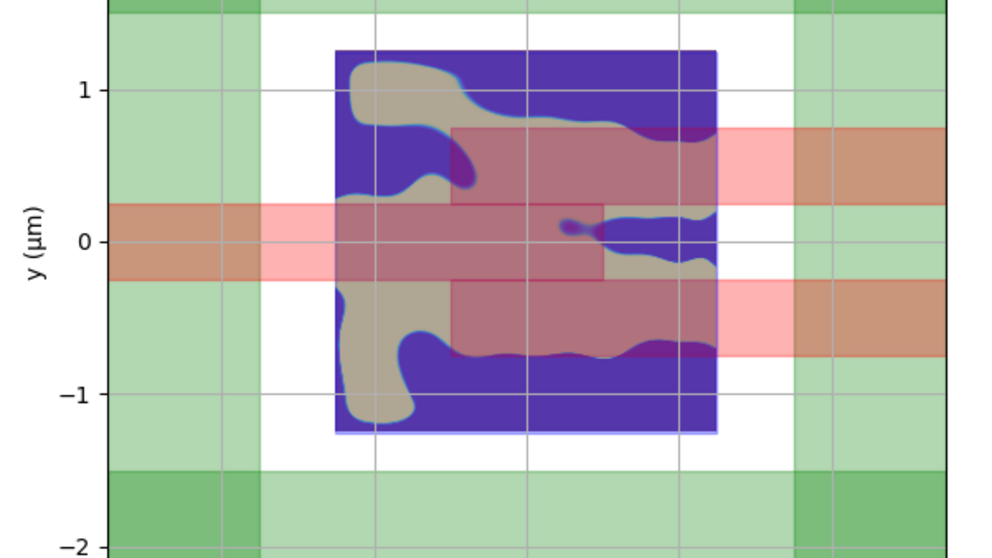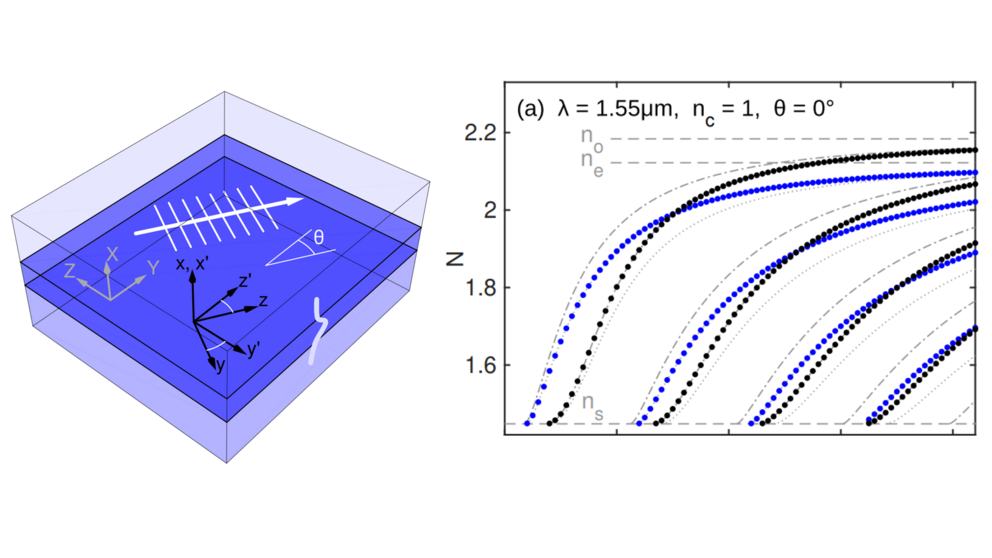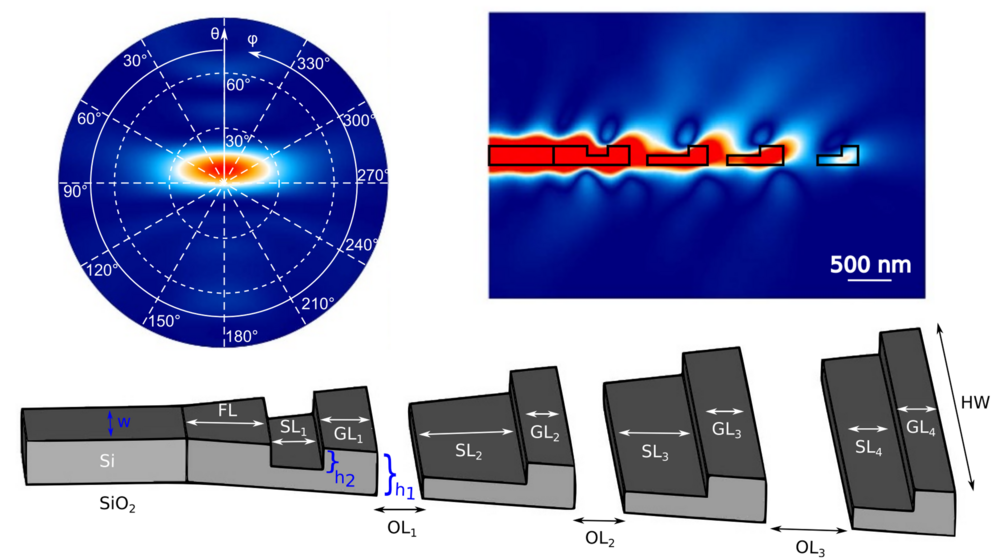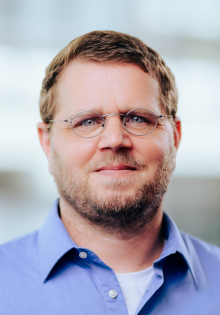Welcome to the Theoretical Electrical Engineering group (TET)
Our main research interest is the theoretical description of photonic and optoelectronic systems like optical nanoantennas, dielectric waveguides, photonic crystals, metamaterials, plasmonic systems, or biological photonic structures. Our speciality is the combinations of advanced material models with state-of-the-art numerical methods for the simulation of electromagnetic fields. For students we offer a wide range of courses ranging from the theoretical foundation of electromagnetism and numerics to advanced courses on field simulation and photonics.
Research: Topics, Publications, Team
Teaching: Course Portfolio, Current Courses, Current Projects
Announcements/News
The five most recent publications
Enhancement Of Light-matter Interaction In Topological Waveguides And Resonators
M. Brauckmann, E. Narvaez Castaneda, D. Siebert, B. Brecht, J. Förstner, T. Zentgraf, in: Proceedings of The 15th International Conference on Metamaterials, Photonic Crystals and Plasmonics, 2025.
Evaluation of Measurement Noise Effects in the Close Environment of Equivalent Near-Field Sources
D. Schröder, U. Kiefner, C. Hedayat, J. Förstner, in: 2024 International Symposium on Electromagnetic Compatibility – EMC Europe, IEEE, 2024.
Guided modes of thin-film lithium niobate slabs
M. Hammer, H. Farheen, J. Förstner, Optics Continuum (2024) 532822.
An efficient compact blazed grating antenna for optical phased arrays
H. Farheen, S. Joshi, J.C. Scheytt, V. Myroshnychenko, J. Förstner, Journal of Physics: Photonics 6 (2024) 045010.
Symmetry-protected TM modes in rib-like, plus-shaped optical waveguides with shallow etching
N. Üstün, H. Farheen, M. Hammer, J. Förstner, Journal of the Optical Society of America B 41 (2024) 2077.
Show all publications






